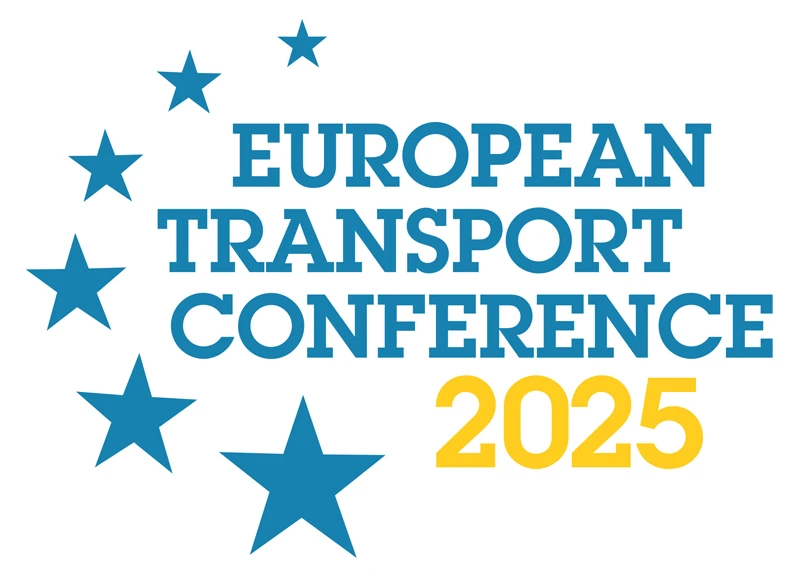-
Past ETC Papers

Browse, search and view papers from the past AET Conferences.
-
Members' Area

AET promotes networking and exchange of ideas, information and opportunities amongst members.
ETC Conference Papers
Conference Past Papers Repository
Driver’s behaviour changes with different LODs of Road scenarios
Seminar
Day 2 (10 Sep 2020), Session 5, Drivers and Safety, 13:00 - 15:00
Status
Accepted, documents submitted
Submitted by / Abstract owner
Lorenzo Mussone
Authors
G. Caruso, Y. Shi, I. Sayed Ahmed, A. Ferraioli, B. Piga, L. Mussone
Short abstract
The paper presents an experimental research on driver behaviours when different LODs are used to simulate the driving environment. The results show the relationships between LODs, vehicle dynamics variables, trajectories and driver’s characteristic.
Abstract
This paper presents the outcomes of a research aims at studying and assessing driver behaviours in relation to the simulated driving environments, with a different Level of Detail (LOD), through an experimental survey based on functional variables of the simulated vehicle.
The needed level of realism of a simulation changes according to the specific goal of the study and the peculiar context taken into consideration. In general, six main classes of variables are considered for comparative studies, namely: 1) Road infrastructure; 2) Vehicle characteristics and its performance; 3) Buildings and all other artefacts visible from the vehicle; 4) Events (pedestrians, signalization, animals, lighting, etc); 5) Environmental conditions (rain, fog, night-time, visibility); 6) Traffic (with different levels of service).
The focus of this study relies on buildings and other artefacts visible from the vehicle. The hypothesis is that a different LOD of these elements could affect driver’s behaviour and, consequently, the validity of the driving experience assessment. The LOD can be considered in terms of quality and completeness, and in designing virtual driving tests, the creation of driving scenarios, which should be ideally as close as possible to the real context, is becoming increasingly crucial. However, the construction of such scenarios could be complex and time consuming, especially when the research aims at evaluating the behaviour of a driver in different conditions. Consequently, using in an effective way a lower LOD could lead to a reduction of time required for the implementation of the scenario.
In this study, four scenarios with different LODs of its components have been developed following a protocol to optimize the 3D modelling activity. The scenario relates to the same urban road path, which is 1.12km long.
The experiment involved 29 participants with age ranging in (19, 25) years. Each of them was asked to make twice the path with all LOD scenarios but in different sequence in order to avoid possible bias in driver’s behaviour. The simulation was developed by using CarMaker software (IGP). During the simulation different variables of vehicle, such as position and distance from an ideal trajectory, speed, braking, acceleration, and steering angle, have been collected. The results of the analysis led to the identification of relationships between LODs, vehicle variables, trajectories and driver’s characteristic.
Programme committee
Intelligent Mobility - Management and Operation
Topic
The future of transport
Documents:

Association For
European Transport
Forester House
Doctors Lane
Henley-in-Arden
Warwickshire, UK
B95 5AW
+44 (0) 15 64 793552
VAT number: 710 1866 64
Conference Supporters & Endorsers




Legal Entity
The Association for European Transport is registered as an Association ('vereniging') with the Chamber of Commerce for Haaglanden in The Netherlands under company number 27170096.
Built on Zenario




